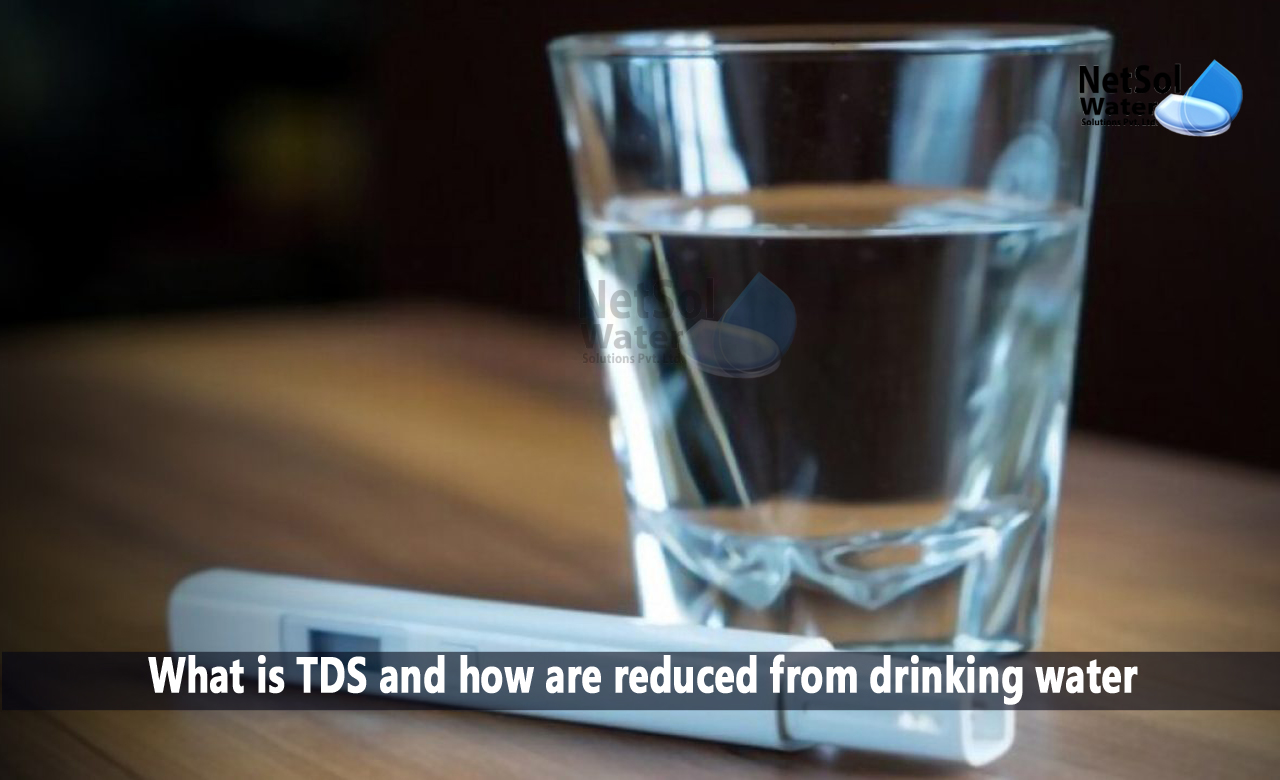What is TDS and how are reduced from drinking water?
Even while it may appear clean, the drinking water that is delivered to our houses may not always be suitable for ingestion. It may consist of many contaminants. Total Dissolved Solids (TDS) in water is a measure of the concentration of ions like magnesium, calcium, sodium, and potassium as well as minerals, metals, organic matter, and salts. These ions provide information about the water's quality.
However, both inorganic residue from farming practises and organic residue, such as salts and minerals from rocks or groundwater, can cause invisible particles in the water, which can raise the level of TDS in the water.
What are Total dissolved solids (TDS)?
Total Dissolved Solids, or TDS for short, is the total concentration of dissolved materials in water. TDS is made up of organic materials as well as inorganic salts including calcium, magnesium, potassium, sodium, and others. And, all of them enter different bodies of water due to both natural and human-caused factors.
Why is contaminated water bad?
Consuming contaminated water has been directly related to illnesses like polio, typhoid, dysentery, Hepatitis A, and diarrhoea, all of which can be fatal if prompt medical attention is not received. Water contamination may result through natural processes or indirectly via improper management of wastewater from urban, industrial, and agricultural sources. Arsenic and fluoride are two common compounds that naturally occur in groundwater.
Worldwide, some 2 billion people drink water that has been tainted with faeces. The safety of drinking water is seriously threatened by this source of water, which has been contaminated with faecal waste-borne bacteria.
How is TDS reduced from drinking water?
Basic filtration technique cannot get rid of TDS. Only reverse osmosis has so far proven to be effective enough to take TDS out of water. The body needs the minerals in water, but heavy metals and hazardous compounds can also be harmful to your health. Instead of mixing water to achieve the desired TDS levels, it is crucial to choose water purification equipment such as Commercial RO Plants that uses 100% RO technology.
How do you decide which water treatment product suits you the best?
Depending on the quality of the water supply you receive, you will need to choose a water purification device. The municipal corporation provides water for daily use, including drinking water, in the majority of cities. This water might have evidence of microscopic microorganisms like bacteria or viruses or invisible pollutants. You might occasionally also get groundwater, which has a greater TDS content. You can determine the TDS level in the water by using a TDS metre. You should choose a RO Plant if the TDS is greater than 200 mg/liter, along with a UV water purifier.
Consumers typically tolerate water with TDS concentrations below 1000 mg/litre, though acceptability can change depending on the situation. Due to the taste and excessive scaling in water pipes, heaters, boilers, and domestic appliances, the presence of high amounts of TDS in water may, however, be distasteful to consumers. Here, you can use Commercial RO Plants along with water softeners.
Extremely low TDS water is frequently harmful to water supply systems, and may be unpalatable to customers due to its bland, insipid taste. Individual constituents should be identified and the local public health authorities should be consulted in location, where the water supply has a very high TDS level.
Use Netsol Water water treatment plants, to make a healthy decision for your family! For further information or to make a product purchase, contact us at +91-9650608473 or drop a mail at enquiry@netsolwater.com



